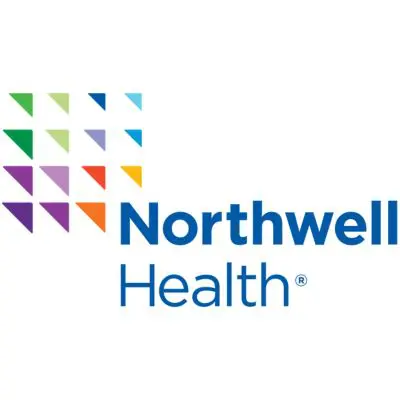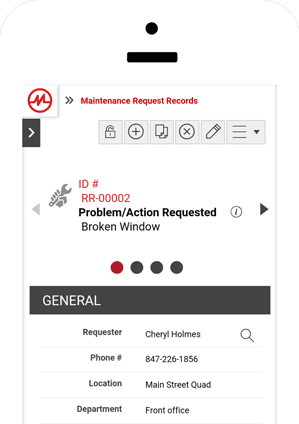Secure Data Access and Permissions with Role-Based Access Control in CMMS
Ensure Data Security and Control User Permissions
Table of Contents
Reduce Confusion
Balance Workloads
Automate Schedules
Create Benchmarks
The Importance of Secure Data Access and User Permissions
Maintaining data security and controlling user access is crucial for protecting sensitive information and maintaining the integrity of your maintenance operations. Role-based access control (RBAC) provides a robust framework for managing user permissions, ensuring that users have appropriate access to data and functionalities within the CMMS while maintaining strict control over sensitive information.
Introducing Role-Based Access Control in CMMS
MPulse advanced Role-Based Access Control feature in CMMS empowers administrators to define user roles and customize permissions based on specific job functions, responsibilities, and organizational hierarchy. By implementing RBAC, you can ensure secure data access and maintain control over user permissions for enhanced data security.
Key Features and Benefits
Secure Data Access Control
MPulse RBAC feature offers the following key features and benefits:
Custom User Roles: Create custom user roles based on job functions, responsibilities, and access requirements within the CMMS. Define role-specific permissions to ensure that users have access only to the data and functionalities necessary for their roles.
Access Control Levels: Implement granular access control levels to restrict data access based on user roles. This ensures that sensitive information is accessible only to authorized personnel while maintaining data confidentiality.
User Management: Effortlessly manage user accounts and permissions within the CMMS. Assign, modify, or revoke user roles and permissions as needed to align with organizational changes and user responsibilities.
Enhanced Data Security
MPulse RBAC feature provides the following benefits for enhanced data security:
Data Confidentiality: RBAC ensures data confidentiality by limiting access to sensitive information. Users can only access data that is relevant to their roles, preventing unauthorized access and minimizing the risk of data breaches.
Prevent Unauthorized Actions: Role-based access control prevents users from performing unauthorized actions or making changes outside of their assigned roles and responsibilities. This helps maintain data integrity and prevents accidental or intentional tampering with critical data.
Audit Trail: RBAC enables the tracking of user activities and changes made within the CMMS. The audit trail provides an additional layer of accountability and helps identify any unauthorized actions, supporting compliance and investigations if necessary.
Why Choose Role-Based Access Control in CMMS
Data Security: MPulse RBAC feature ensures secure data access and protects sensitive information by implementing role-specific permissions. By customizing user roles and access levels, you can maintain data confidentiality and mitigate the risk of unauthorized data access.
Control User Permissions: RBAC allows administrators to define user roles and customize permissions based on specific job functions and responsibilities. This ensures that users have appropriate access to data and functionalities within the CMMS, maintaining control over user permissions.
Compliance and Accountability: RBAC enables compliance with data security regulations by enforcing access controls and maintaining an audit trail of user activities. It promotes accountability and provides a clear record of user actions within the CMMS.
Can users be assigned specific roles and permissions to restrict access to sensitive information?
Yes, with our RBAC feature, users can be assigned specific roles and permissions to restrict access to sensitive information within the CMMS. Administrators have the flexibility to define custom user roles based on job functions, responsibilities, and access requirements. By assigning appropriate roles and configuring role-specific permissions, access to sensitive information can be restricted to authorized personnel. This ensures that users only have access to the data and functionalities necessary for their roles, maintaining data security and confidentiality. RBAC provides a granular level of control over user access, allowing administrators to restrict access to sensitive information and mitigate the risk of unauthorized data access.
Is it possible to customize access levels and permissions for different user groups and departments?
Absolutely! Mpulse RBAC feature allows for the customization of access levels and permissions for different user groups and departments. Administrators can define user roles and configure role-specific permissions based on specific job functions, responsibilities, and organizational hierarchy. This customization ensures that access levels and permissions align with the unique requirements of different user groups and departments within the organization. By tailoring access levels and permissions, administrators can maintain control over user access, ensure data security, and support efficient workflows within the CMMS.
How does role-based access control ensure data security and confidentiality in CMMS?
Role-based access control (RBAC) ensures data security and confidentiality in CMMS by limiting access to sensitive information based on predefined user roles. RBAC allows administrators to define custom user roles with specific permissions tailored to job functions and responsibilities. Users are granted access only to the data and functionalities necessary for their roles, preventing unauthorized access to sensitive information. By implementing RBAC, data security is enhanced as users can only view and interact with data that is relevant to their roles. RBAC provides a robust framework for controlling access, maintaining data confidentiality, and mitigating the risk of unauthorized data access within the CMMS.
MPulse Means Happy Customers






Ready to Ensure Data Security and Control User Permissions?
Enhance your maintenance operations today with our industry-leading Role-Based Access Control in CMMS. Ensure secure data access, customize user permissions, and maintain control over your CMMS. Start your free trial now!

